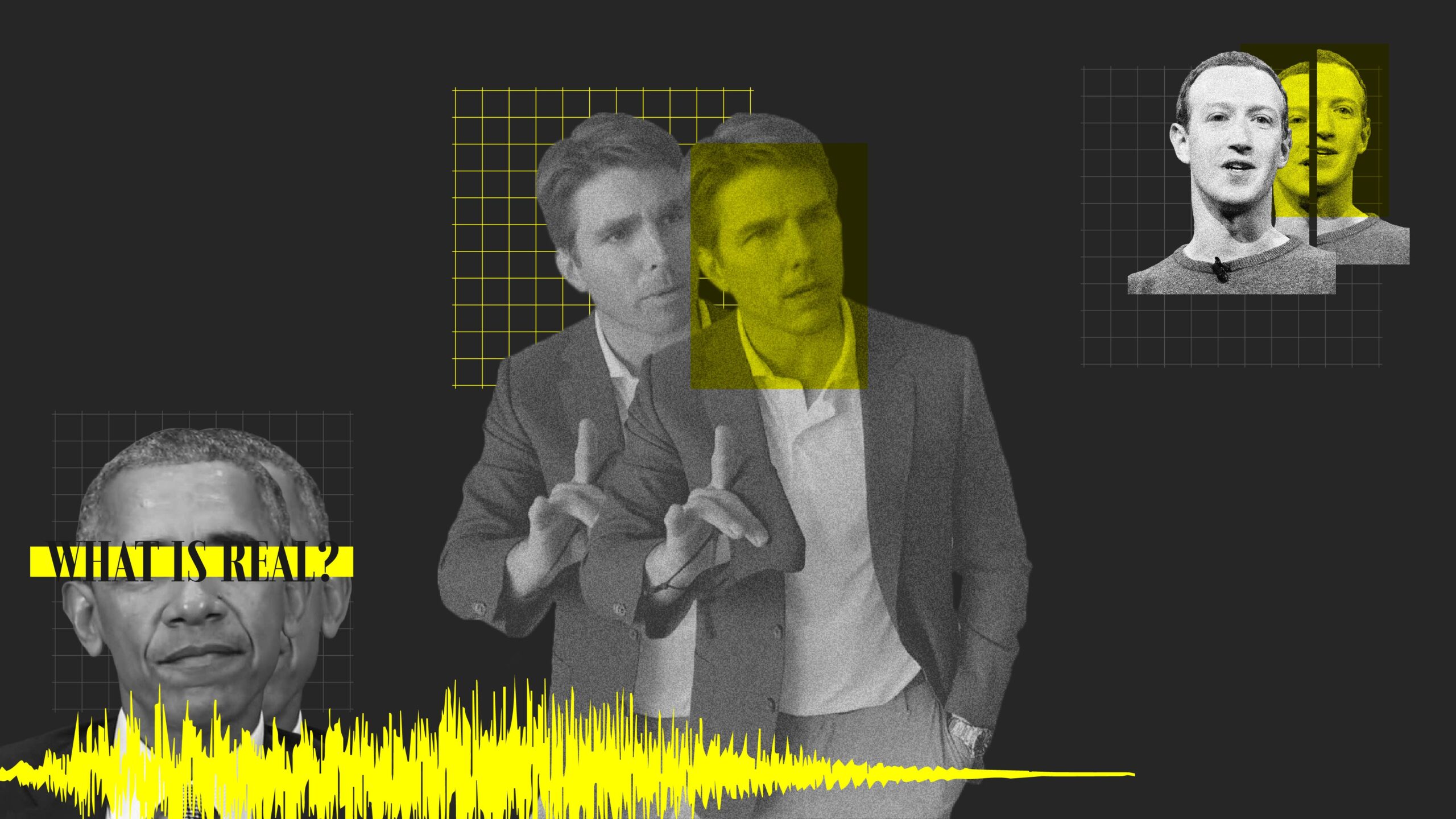- By Fatima Ansari
DEEPFAKES
The Dark Side of AI
By Fatima Ansari

By Fatima Ansari
Imagine seeing a video where a well-known public figure seems to say something outrageous or upsetting, only to discover afterward that it was all staged. Welcome to the world of deepfakes, where the lines between truth and fiction are blurred beyond recognition.
Deepfakes are digital impersonations designed to deceive and manipulate by mimicking reality with uncanny precision.
They produce lifelike video and audio recordings using advanced artificial intelligence (AI) and machine learning algorithms, giving the impression that individuals are speaking or doing things they never did.
Have you seen the video purporting to show former US President Barack Obama giving a speech that he never gave, with his motions and words expertly staged to spread false information?
Or the video in which Mark Zuckerberg, the CEO of Facebook, seems to brag about being in charge of billions of people’s stolen data?
Or maybe you’ve seen a fake video of a celebrity endorsing a product they’ve never used or a politician making a speech they’ve never given. If so, then you’ve seen a deepfake.
Deepfakes are created using generative adversarial networks (GANs), a type of AI that combines two neural networks to produce realistic media.
Initially, a machine learning algorithm analyzes a large dataset of images, videos, or audio recordings of the person being impersonated, learning their mannerisms, speech patterns, and facial expressions. The algorithm then generates a synthetic video or audio recording, imitating the person’s appearance and behavior.
This involves “face-swapping,” where the subject’s face is superimposed onto another video or image, creating the illusion that the subject is saying or doing something they never did.
Enhancements in lighting, shading, and other visual effects make the final output so convincing that even experts can be fooled.
Nope, deepfakes are not just limited to manipulated videos. They also come in audio form, with AI-generated voices that can convincingly impersonate real individuals.
And that’s not all; text-based deepfakes are emerging, generating fake articles, social media posts, and other written content that can spread misinformation like wildfire.
The reach of deepfakes is vast and growing, making it increasingly challenging to distinguish fact from fiction.
In 2018, Jordan Peele’s deepfake video of Barack Obama went viral, highlighting the dangers of deepfake technology and emphasizing the need for skepticism about online content (The Verge, 2018 ).
During January 2024, a deepfake audio falsely accused Pikesville High’s principal of racist remarks, damaging his reputation despite exoneration (CNN, 2024 ).
Then, in February 2024, Arup, a prominent British engineering firm, fell victim to a deepfake scam, losing HK$200 million via AI-generated video calls. (The Guardian, 2024 ).
These instances show deepfakes’ power, urging stronger global cybersecurity measures.
Deepfakes are getting freakily good at fooling people, but there are ways to keep them from getting the best of us. To spot a deepfake, keep an eye out for weirdness.
In our conversation with AI expert Umair Arif, he said,
“Deepfakes usually depict someone doing something that they wouldn’t typically do in real life. So, the most effective way to identify a deepfake is to look for oddity and unusualness.”
Think of a video of a celeb acting out of character; it’s likely a deepfake. To outsmart these, watch for oddities like blurry edges, strange lighting, and mismatched audio. Verify videos with reputable sources before sharing.
Researchers have developed AI tools to detect deepfakes by analyzing details like eye blinking and facial expressions. Social media platforms also use these tools to flag suspicious content.
AI can protect digital identities, with companies like Truepic and Serelay offering verification systems that authenticate media using digital watermarks and blockchain. These technologies are helpful for journalists, legal professionals, and users wanting to safeguard the truth. (Fast Company, 2022 )
Staying informed, thinking critically, and leveraging these technologies can help us combat deepfakes and ensure truth prevails over deception. The future of truth is in our hands.
“This is a dangerous time; we need to be more vigilant with what we trust on the internet.” – (Jordan Peele)
Tags:

